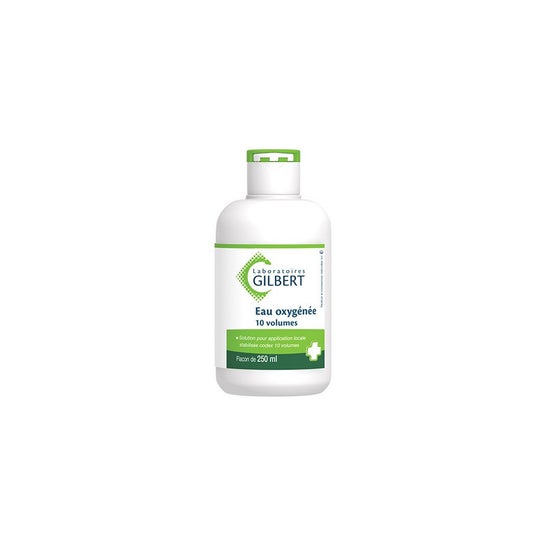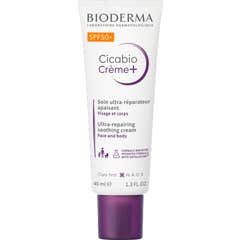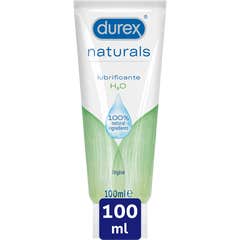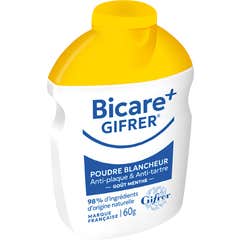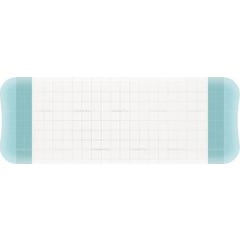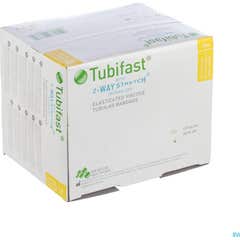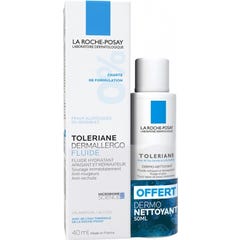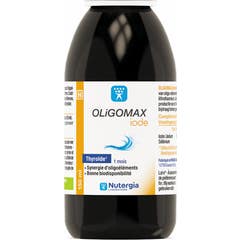It is a solution for local application. This local antiseptic is available over the counter and is reserved for external use (for the skin). It contains 100 ml of 3 percent hydrogen peroxide solution.
Hydrogen peroxide is a drug recommended for:
- Antiseptic cleaning of eroded skin and small wounds
- Bleeding from small superficial wounds
Antiseptics do not sterilize; they temporarily reduce the number of germs present on the skin or at the wound site to limit their proliferation at the source of infections.
Hydrogen peroxide releases active oxygen thanks to an enzyme (catalase) present in the tissues. This release of oxygen produces a fizzing effect that allows for wound cleaning through mechanical action.
It also has hemostatic properties, but it becomes inactive in the presence of blood or pus.

